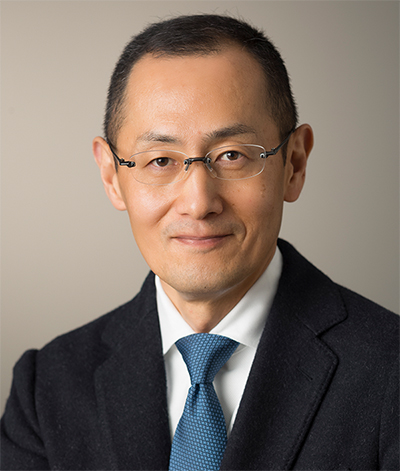
Research Activities
Research Activities
Principal Investigators
Dept. of Life Science Frontiers
Shinya Yamanaka (Director Emeritus & Professor)

Shinya Yamanaka M.D., Ph.D.
Research Overview
We first identified the gene NAT1 (eIF4G2) in 1997, believing it to be a regulator of protein translation, and discovered in 2000 that it is essential to early development in mice and the differentiation potential of embryonic stem (ES) cells. These findings prompted us to focus on the pluripotency of ES cells. In 2006, these efforts led us to successfully generate induced pluripotent stem (iPS) cells with near-identical properties to ES cells by introducing four genes into mouse somatic cells. iPS cells are pluripotent stem cells that have acquired the ability to differentiate into almost any human cell type and proliferate virtually indefinitely. Basic and applied research are forging ahead worldwide, aimed at their practical applications in regenerative medicine and drug discovery. At the same time, cell and pharmaceutical products based on iPS cell technology are being delivered successively to the clinic. Recently, there has been evidence that we could even reverse age-related cellular deterioration by temporarily activating the four genes used to create iPS cells. However, much remains unknown about the functions of NAT1. As it is highly expressed in all cells and conserved across different animal species, it likely plays a universal role in animal cell physiology throughout life, not only during early-stage embryos and embryonic stem cells, as we once believed.
Building on our previous work as outlined above, our laboratory is now engaged in research on the following themes:
- Biological functions of NAT1 using genetically engineered mice
- Organoid and stem cell research using human and mouse ES/iPS cells
- Multi-omics research using single-cell expression analysis and mass spectrometry
- Mechanisms and reversal methods of age-related cellular deterioration
























